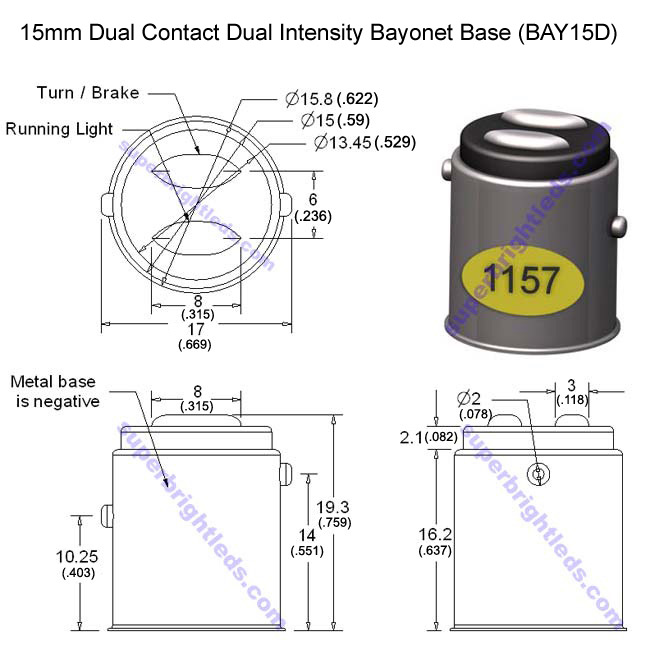Take this as an opportunity to be less electrically challenged. Issues like these will be easy to diagnose once you understand a few things about electricity. Electricity flowing in wires is much like water flowing in pipes, except electricity needs a complete path to flow. When a pipe breaks, water flows anyway. When there is a break in an electrical circuit, no electricity flows. Electricity needs a complete path from - to + of the battery (or + to -) depending on how you want to think about it.
If your lights are not working, there is a break in the flow. Sometimes this break is intentional. A switch intentionally breaks the flow of electricity so it doesn't flow and the lights are not on when we don't want them on. The flasher unit also breaks the flow of electricity so the lights appear to be turned off and on (flash). The flasher works because the current flowing through it causes a thin wire to heat up which causes a bimetallic strip to bend and press against a set of contacts, breaking the circuit. When it cools down, the contacts 'make' the circuit again and the cycle repeats. The rate of 'flash' speed is determined by the amount of current (determined by the number of light bulbs in series). The flasher and switch are wired in series, so both must be on for the bulb to be on -and only one flasher is needed for right or left.
In the circuit in question, the power from the battery comes from the green wire to the flasher unit. The wire that will provide 'flashing' power is (GN) Green with Brown tracer. That wire (GN) connects to the trafficator switch in the center of the steering wheel and allows the user to select power to (GW) Right or (GR) Left light bulbs. The other side of each bulb is connected to ground, which completes the path (when the switch and flasher are closed). The front and rear bulbs are wired in parallel so either can light with or without the other.
You could use a screwdriver to short together the G and GN at the flasher and see if the problem is with the flasher. You could temporarily rewire the wires at the bottom of the steering box to determine if the problem is in the trafficator (switch).
The green (switched with key) circuit is fused as is the brown (always powered). The fuse will break the circuit if too much current is flowing.
Don't be afraid of it. Understand and control it.

 Hi Guest!
Hi Guest!

 smilie in place of the real @
smilie in place of the real @
 Pretty Please - add it to our Events forum(s) and add to the calendar! >>
Pretty Please - add it to our Events forum(s) and add to the calendar! >> 

